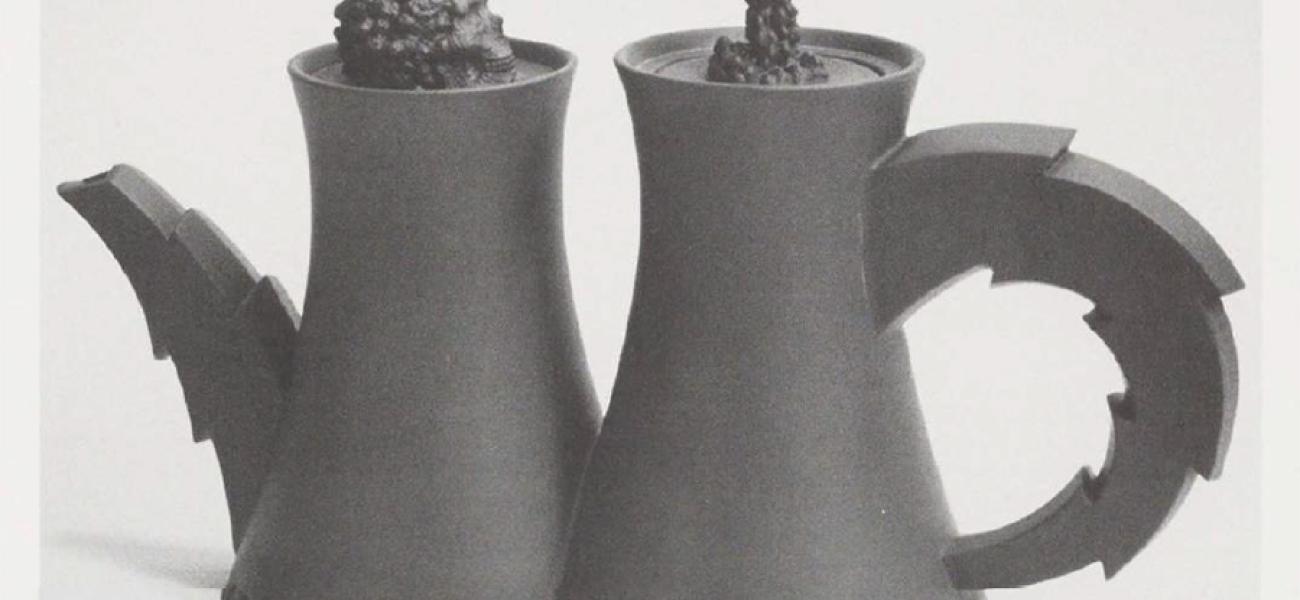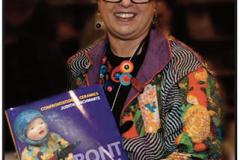It was during the 1960s that America began to develop a genre of ceramic sculpture that can be truly described as an indigenous movement. It occurred as a response to social and political foment, much of it originating on the West Coast. A House Un-American Activities protest led by students in the Bay Area sparked a series of protests that led to clearly articulated challenges to the traditional American values of marriage and family as well as the goals of material acquisition and job security. The Free Speech Movement and the Civil Rights Movement were spawned, and the use of mind-altering drugs and marijuana became common practice.
The free-wheeling, rebellious life adopted by the younger generation was evident in this post-Beat, pre-Hippie time. Performers and entertainers such as Allen Ginsberg and Jack Kerouac read their protest poems, while Mort Sahl and Shelley Berman openly satirized the political system of the day.
It soon became clear that the area was to be a fertile environment for ceramic artists who were looking for a freer and more intimate personal expression in their work. They broke
with traditional ideas in ceramics as their work reflected the cultural, sociological, and political changes going on around them. Their cultural environment accounted in part for the development of Funk Art. The term originally described New Orleans jazz of the 1920s, a rather bittersweet, unsophisticated blues. When the term was borrowed by Peter Selz for his Funk show (1967) at the University of California's Berkeley Museum, it described an art which appeared as "visual doubletalk, making fun of itself, although often (though by no means all the time) it was dead serious."1
Clay was a natural for the Funk expression and, in fact, Peter Plagens felt only the ceramists were able to capture its true mood.2 Clay artists such as Robert Arneson, David Gilhooly, James Melchert, Kenneth Price, and Clayton Bailey exemplified this '60s genre.


